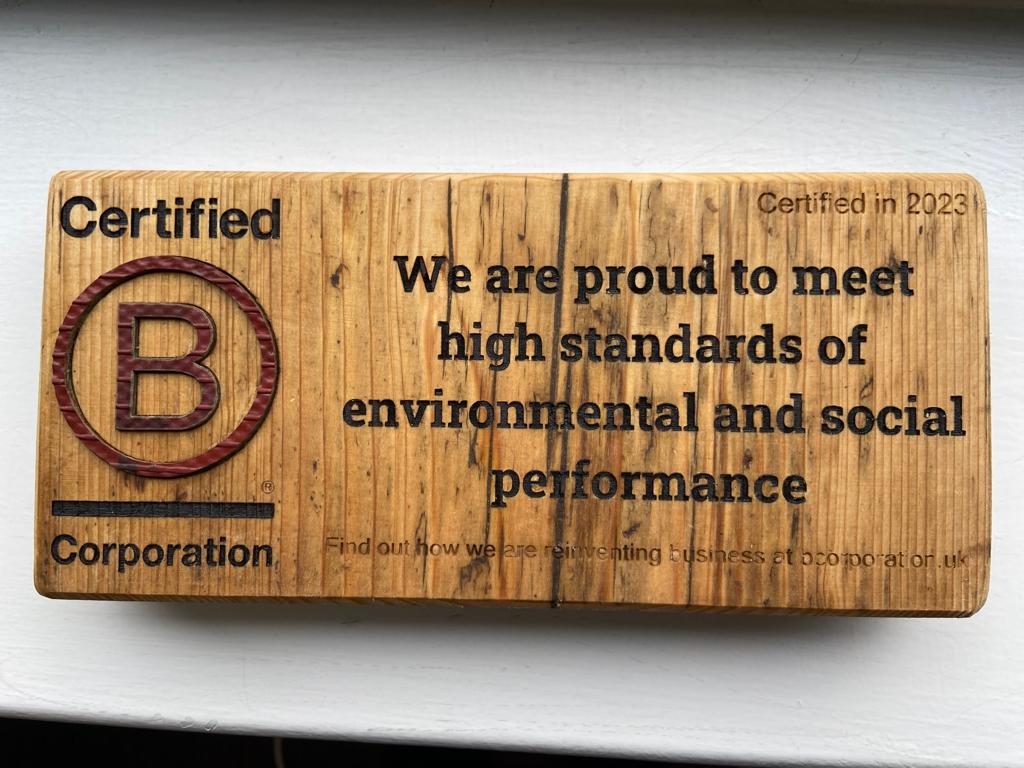Identifying “silo” mentalities
An organisation could be viewed as a finely tuned engine. A series of separate moving parts and sub-assemblies all moving synchronously to give optimal performance. In an engine, it is the design and the engineering which creates
the synergy.
In an organisation, it is the culture which dictates that the processes, practices and behaviours all of which reflect a common, predictable approach. The more “acceptable” the culture, the more efficient the organisation will be.
Over the past few decades working as a consultant, it has always struck me how leaders can be oblivious to the harmful characteristic known popularly as “siloism”. There seems to be a real blind spot here for many leaders which may be unconscious but no less damaging for that. Within their companies, there is often serious and damaging negativity between functions, departments and individuals (hence the term “siloism”) which may have been around for long periods, undisturbed and unrecognised.
My approach when looking for such barriers was very simple: organise a brief but focused questionnaire, preferably anonymous and confidential with lots of room for comments as these tend to produce the best evidence. Then follow up with a limited number of structured interviews there is likely to be a list of cross-functional issues.
The reaction from senior management is usually disbelief followed by rationalisation. Two aspects appear: firstly, a reluctance of senior management to accept the problem and then a hesitancy or confusion about doing anything to resolve it.
The most common causal factors in our experience are:
1. The Internal Customer and the Internal Supplier are working to different objectives
There are numerous examples of this but take new product development. For those employed in sales and marketing the ideal number of new products per year could be 10-12. For those employed in engineering and design, the ideal number might be 3-4. For those employed in manufacturing and sourcing, the ideal number is zero.
Unless there is a healthy, balanced dialogue at the top on this subject, the end result will be bickering, hostility and occasionally sabotage resulting in much friction within the organisation.
2. The Internal Customer and Internal Supplier are incentivised or targeted differently
Take the carpet industry. Incentivising the sales people on yardage will neglect margin, availability or sourcing issues. The sales department may be happy but the finance department will bemoan the loss of profitability, the production department the challenges on capacities as facilities for the unsold stock go idle and the sourcing department the accumulation of unwanted yarn. A recipe for discord.
3. The Board or Senior Management group contains one or more over-aggressive or parochial members
The senior team must act in the interests of the company not sub-optimise by favouring their own functions. However, finding individuals who put their own areas first, almost as if it is a competition, is commonplace. Very frequently the CEO or MD refuses to accept that this is happening. “Joe is the salt of the earth”, “Joe is my rock, my right-hand man”, “Cut Joe in half and you’d find the company’s name there” have all been trotted out. It is painful and difficult to accept the reality here but your perception of your colleague may not be the one shared by the rest of the organisation.
4. Processes are designed to skew the interest of one department
An increasingly common issue. One department or function influences the IT department heavily to introduce new systems which considerably improve their productivity at the expense of others. The consequences can be extremely frustrating. Make sure all system changes are signed off by both the internal customer and the internal supplier, not the most enthusiastic one. Otherwise it could be nightmarish on both implementation and execution.
How do you get round these problems and the many other disabling consequences of siloism?
Firstly, always think of the internal customer/supplier chain in the way you would regard an external customer. Seek to excel.
Secondly, constantly monitor the health of internal supply chains. Occasional simple surveys and structured interviews as described earlier will suffice.
And finally, if you have a problem, get someone viewed as skilled and independent to gather data and review. Then bring together representatives of the parties together under this facilitator, working in small cross-functional teams, to see what they intend to do to resolve matters. These so-called “Solutions” sessions place the onus on the attendees to recognise the mutual if occasionally conflicting interests at their interfaces and then address any dysfunctionality. I have repeatedly been staggered at just how much goodwill can ensue from this simple practice.
The choice of the facilitator is key but anybody who has been on LEAD™ and is viewed as sufficiently independent should fit the bill.
In conclusion, siloism is commonplace but often disabling to morale and efficiency. Resolution may be uncomfortable at times but neglecting the matter through embarrassment or reluctance to challenge will only diminish your credibility and make things a lot worse. I can confirm this from bitter experience!
John Oliver
How can you find out more?
You could read John Oliver’s book ‘Growing Your Own Heroes: The Commonsense Way to Improve Business Performance’ (John Oliver and Clive Memmott, Oak Tree Press, 2006)
We are looking forward to welcoming John back later in the year as one of our guest Masterclass speakers on our LEAD™ program, delivering his presentation on ‘Radical Employee Engagement’. If you'd like to hear from John and join our next LEAD™ program that starts in November 2022, please get in touch here.
Keep up-to-date on the latest leadership and management tips by signing up to our weekly blog here




